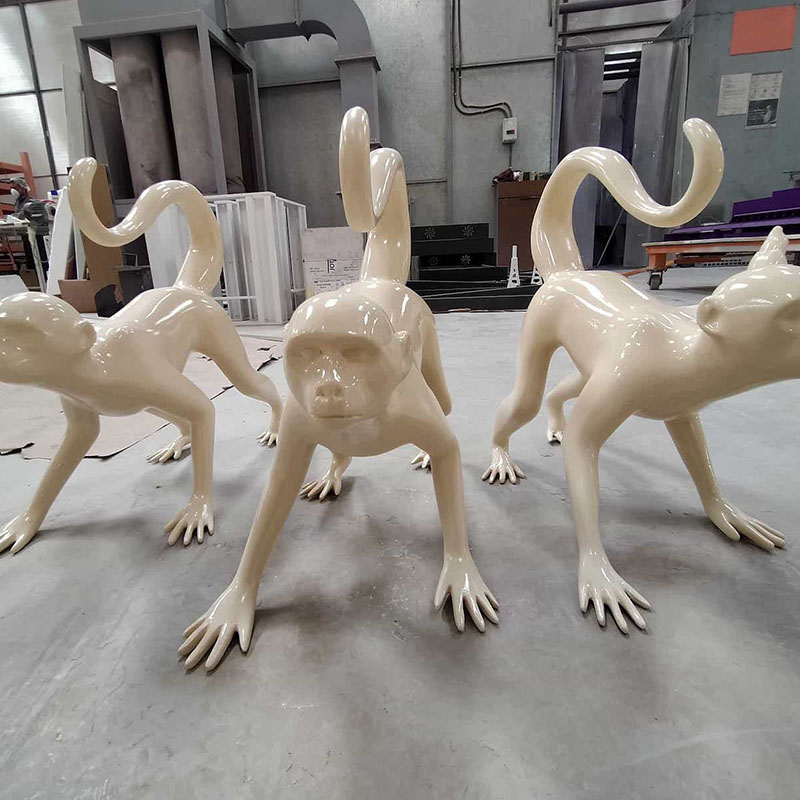3D printing is an exciting way to bring ideas to life, but sometimes things don’t go as planned. Many users face problems that can slow down or stop the printing process. Understanding these common issues can help fix them faster.
For those looking for help, 3D printing Saudi services often offer valuable support to get projects back on track.
Problem with Print Not Sticking to the Bed
One of the most common problems is when the first layer of the print doesn’t stick to the build plate. This can cause the whole print to fail. The build surface might be dirty or uneven. Cleaning the plate with alcohol or adjusting the bed level can help. Sometimes raising the bed slightly closer to the nozzle makes the first layer stick better.
Clogged Nozzle
A clogged nozzle happens when melted plastic gets stuck inside the printer head. This stops the material from flowing and ruins the print. Clogs can happen due to poor-quality filament or printing at the wrong temperature. Cleaning the nozzle or replacing it can fix this issue.
Warping and Cracking
Warping happens when the edges of the print curl up or lift off the bed. This often occurs with materials like ABS when the temperature changes too quickly. Cracking can also appear in larger prints for the same reason. Using a heated bed, printing in a warm room, or adding a brim (a small base around the print) helps reduce warping.
Stringing and Oozing
Stringing looks like small threads or hairs left between parts of the print. This happens when melted plastic leaks out while the nozzle moves between areas. Adjusting the retraction settings, which pull the filament back slightly, can reduce stringing. Cleaning the nozzle before printing also helps.
Layer Shifting
If the layers of the print don’t line up correctly, the final model looks skewed or shifted. This can happen when belts or pulleys in the printer are loose or when the printer moves too fast. Checking and tightening belts or slowing down print speed often solves the problem.
Under-Extrusion
Under-extrusion occurs when the printer doesn’t push out enough filament. The print looks thin or has gaps. It might be caused by a partially clogged nozzle or incorrect filament settings. Cleaning the nozzle or checking filament feed can fix under-extrusion.
Many 3D printing problems have simple solutions with the right knowledge. Using expert services can help avoid common mistakes and get better results faster.



